The Dynasty Warriors series takes place at the end of the Han Dynasty in China, around 200 CE. It uses historical events and people as the basis for its trademark tactical action gameplay, which throws realism straight out the window via over-the-top Musou Attacks and lone heroes winning against armies of thousands.
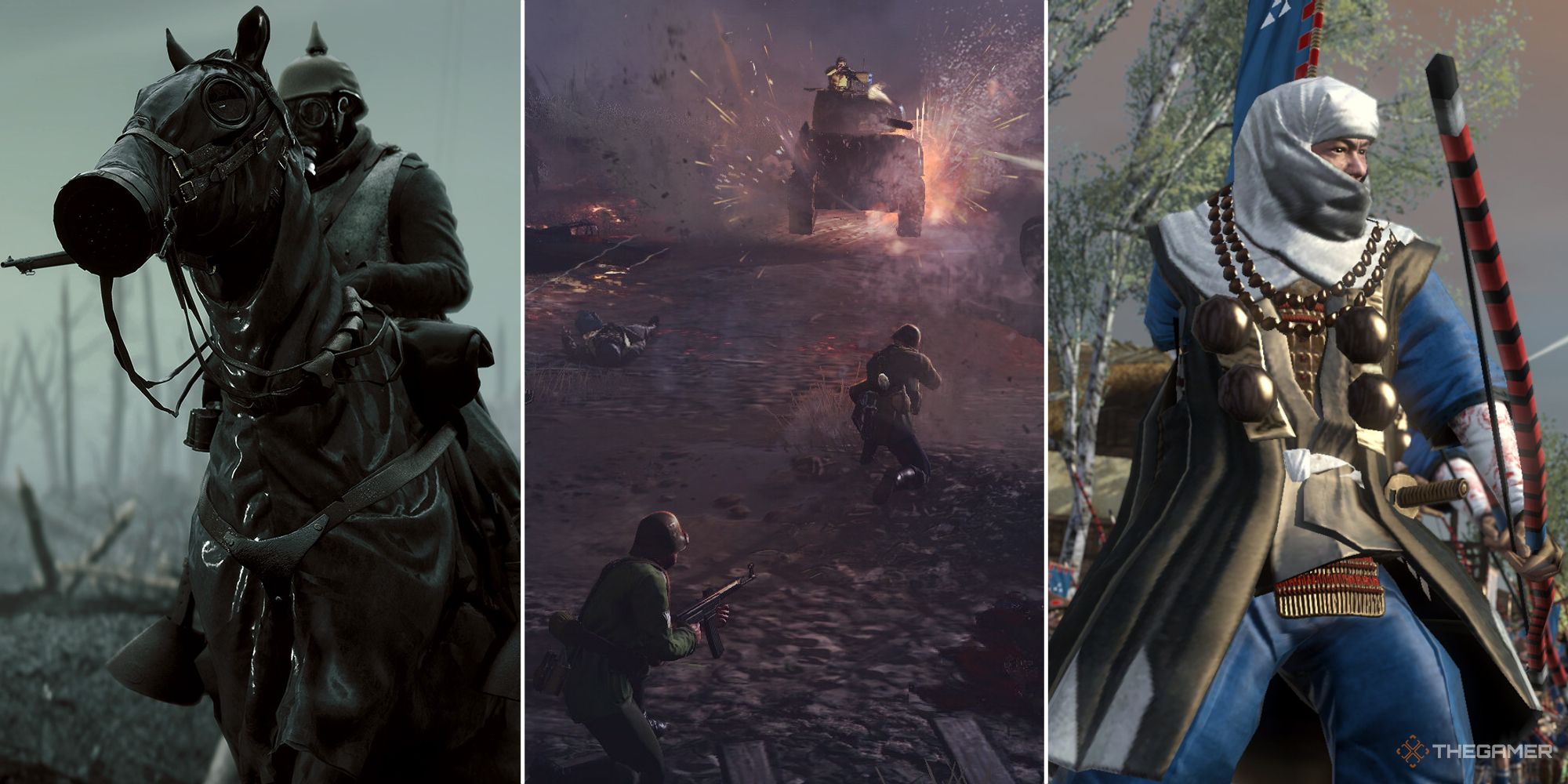
Related
The 9 Historical Wars With The Most Video Game Adaptations
The most famous conflicts in history make great material for video games – which ones have seen the most screen time?
As many liberties as the franchise takes in the service of making a fun video game, Dynasty Warriors actually serves as a great crash course in one of the most fascinating periods not only in Chinese history, but in the history of warfare the world over.
When Does Dynasty Warriors Take Place?
The story of Dynasty Warriors spans from about 184 CE to 210 CE, coinciding with the rise of Cao Cao, the founder of the Wei Kingdom which would eventually become the Jin Dynasty. For context, this is around the same time that the Pax Romana was ending in Europe.
Despite the name Three Kingdoms Period, there were only two kingdoms, Wei and Wu, until Liu Bei established Shu in 221, the year after Cao Cao’s death.
In 184, the Yellow Turban Rebellion rose up in revolt against excessive taxes and corruption by the Han Dynasty’s government. It fell to regional warlords to quell the rebels, including the popular Liu Bei, the cunning Cao Cao, the experienced Sun Jian, and the ruthless Dong Zhuo. Their success propelled them to fame and status. Dong Zhuo would seize an opportunity to kidnap the Emperor “for his protection” a few years later, prompting Cao Cao to organize an effort to oust him.
When the dust settled, Dong Zhuo was dead and Cao Cao was in a position to become the most powerful man in China. He subdued his rivals in the north one by one, and would have conquered the south as well if not for an alliance between Liu Bei and the now-deceased Sun Jian’s son, Sun Quan, who defeated Cao Cao’s army in the Battle of the Red Cliffs in 209. Sun Quan’s Wu Kingdom would spend the next decade vying with Cao Cao’s Wei Kingdom for power, while Liu Bei built up his own realm and eventually founded the Shu Kingdom.
The Three Kingdoms would each proclaim themselves the true heirs to the fallen Han Dynasty – and thus the rulers of China – fighting in various wars agaisnt one another until the eventual victory of Wei in 266.
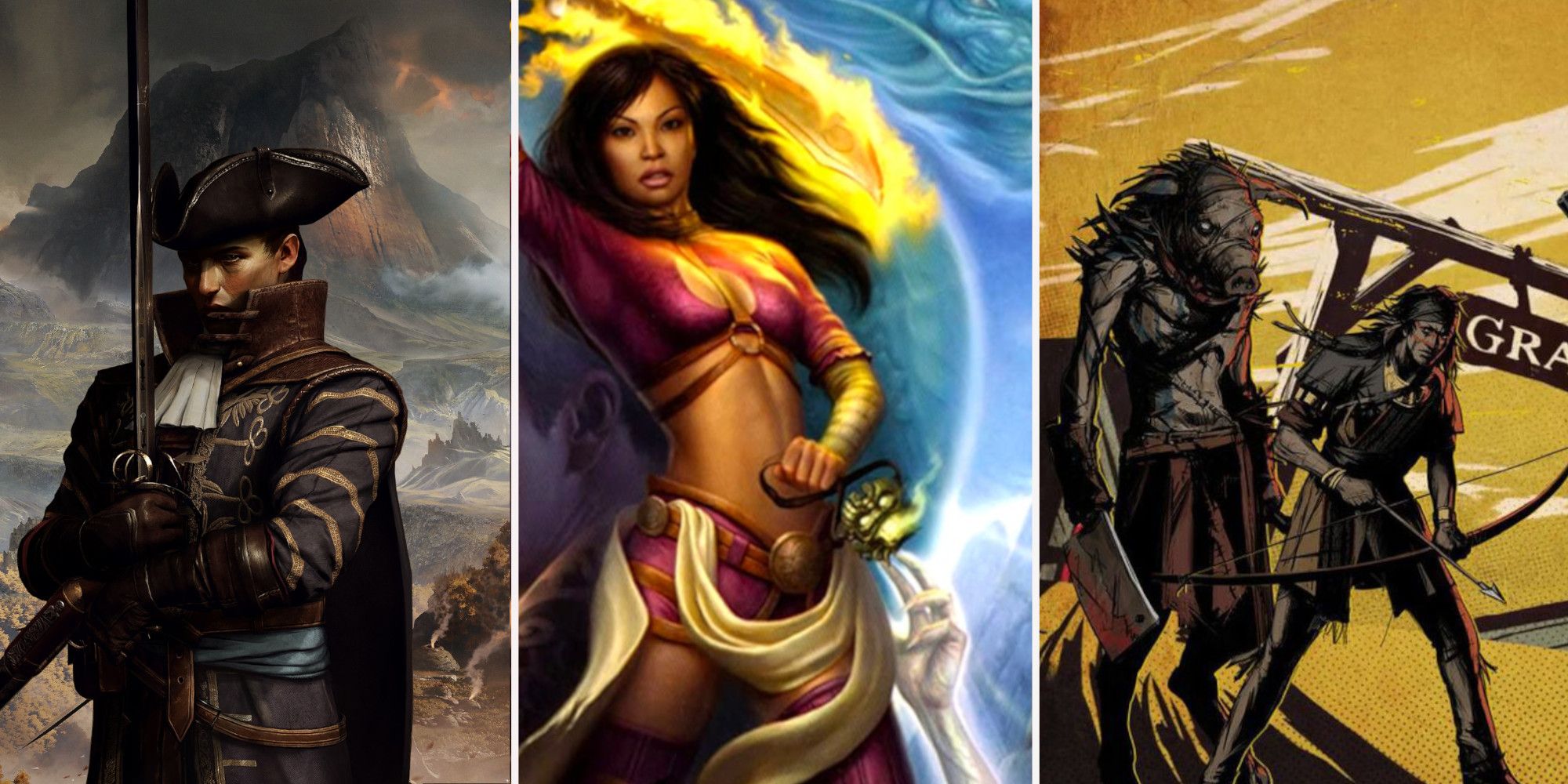
Related
8 RPGs With Unique Historical Inspirations
These RPGs go beyond the typical medieval setting you usually see in fantasy to give us unique time periods and locations, even if they are fictional.
Are The Characters In Dynasty Warriors Based On Real People?
The overwhelming majority of named characters in the Dynasty Warriors series, from central protagonists to lesser NPCs, are based on real people who appear in the historical record. Specifically, the source for Dynasty Warriors’ roster is the Romance Of The Three Kingdoms, a classic of Chinese literature written by Luo Guanzhong sometime around the 1320s, which is itself based on the Records Of The Three Kingdoms, a compendium of biographies assembled by the historian Chen Shou in the late 3rd century.
Most of the characters in Dynasty Warriors have a chapter in the Records dedicated to themselves or to their families, and the full book paints a picture of the important nobles, generals, and strategists of the Three Kingdoms Period. The Romance, and by extension Dynasty Warriors, use the Records as a jumping-off point to tell their stories of larger-than-life characters with burning passion and superhuman martial prowess.
In short, Dynasty Warriors is a video game based on a novel based on a series of historical biographies.
Which Characters In Dynasty Warriors Are Fictional?
There are a few characters in Dynasty Warriors who only appear in the Romance Of The Three Kingdoms and aren’t mentioned in the Records, or who were created specifically for the games. The most recent entry in the series, Dynasty Warriors: Origins, introduces the Guardians of Peace, a secret order established by the Emperor Gaozu to maintain order within the realm. The Guardians and its members – Ziluan, Bailuan, and Zhuhe – are unique to Dynasty Warriors.
Ziluan’s companion Yuanhua, however, is revealed to be Hua Tuo, a famous historical doctor of the period, though he is portrayed as much younger than he would have been by the events of the game.
The Records Of The Three Kingdoms don’t have much information on the women of the period, so creating the female characters of Dynasty Warriors required filling in some blanks. Sun Shangxiang and Yueying, for example, certainly existed, but they are recorded only as Sun Jian’s daughter and Zhuge Liang’s wife, respectively; their actual names are unknown. Dynasty Warriors uses names given to them in fictional sources.
We can also be fairly certain they didn’t participate in any battles, living in as patriarchal a society as they did.
Probably the most conjecture-based character in Dynasty Warriors is Diaochan, who appears as a character in the Romance Of The Three Kingdoms. In both the novel and the game, she is sent by Wang Yun to seduce Lu Bu into betraying Dong Zhuo. The Records state that Lu Bu did have an affair with one of Dong Zhuo’s concubines, which is probably the basis for Diaochan’s character, but we don’t know anything about the actual woman.
Are The Battles In Dynasty Warriors Historically Accurate?
Obviously, the games’ core conceit of fighting your way through thousands of enemy troops singlehandedly is nonsense. Even Lu Bu, who really was considered a peerless fighter during his lifetime, would be overwhelmed facing those kinds of odds. However, the events of Dynasty Warriors’ storyline closely follow actual history, and all the major storyline battles are based on real engagements that took place during the fall of the Han Dynasty.
For all that Dynasty Warriors’ battles are very clearly video game levels meant to be enjoyed as such, they get a few things very right about warfare in the Three Kingdoms Period. In particular, their focus on opposing generals trying to outwit one another is spot-on. Feints, traps, and the element of surprise were as much a part of winning a battle (if not more so) than actual tactics and fighting.
When armies clashed, it would have been between formations of melee infantry supported by archers and crossbows. Like in Dynasty Warriors: Origins, cavalry was largely the purview of auxiliaries from vassal cultures like the Wuhuan. Siege works, including towers, catapults, and ballistae were also used when the situation called for them. In that regard, the army composition in Dynasty Warriors is mostly correct, even if the game mostly shows them organized into undisciplined throngs that would have fallen apart immediately in the face of a proper charge.
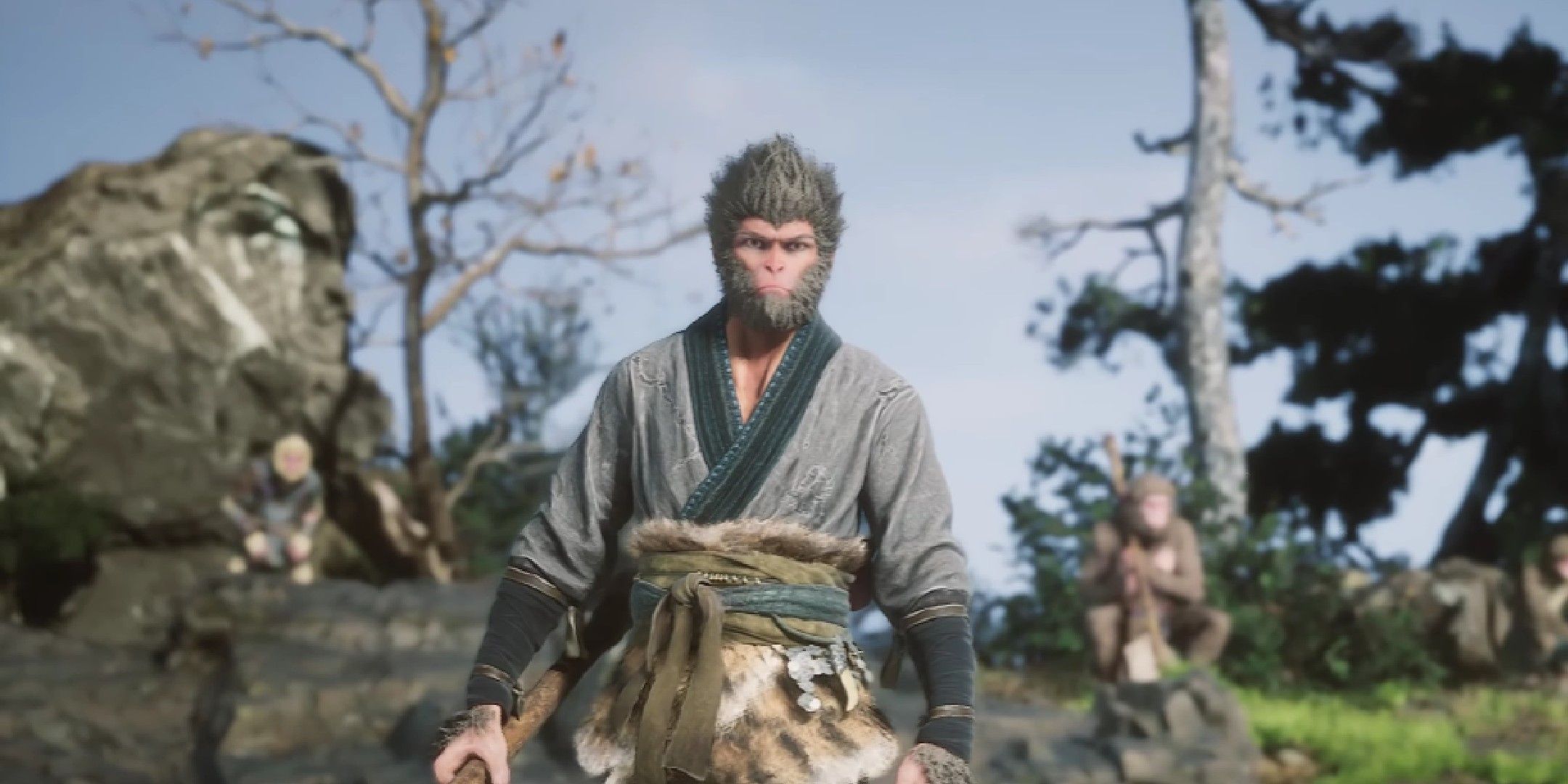
Related
China has a rich history and culture – these games let you dive in and explore the Middle Kingdom.
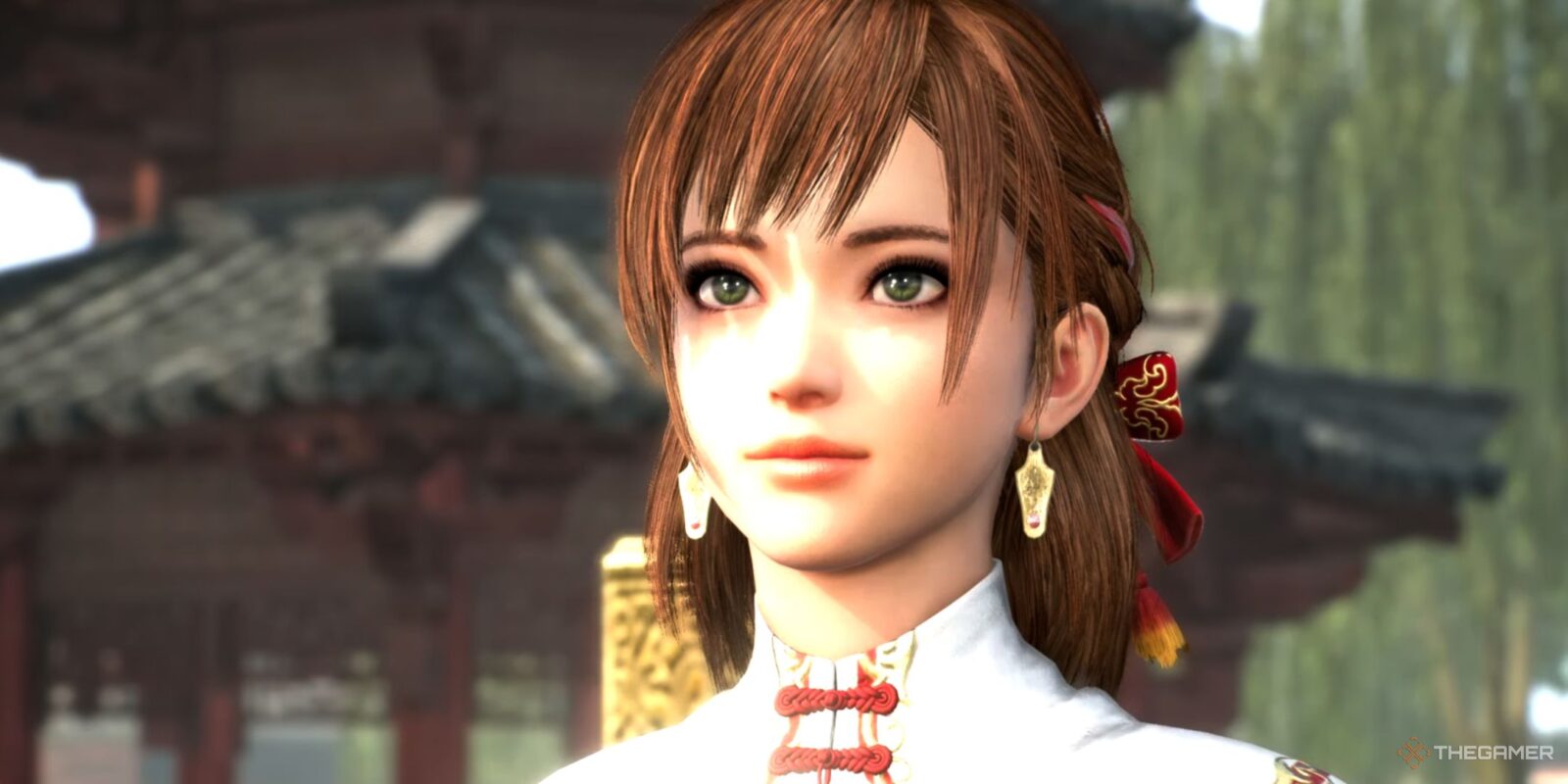

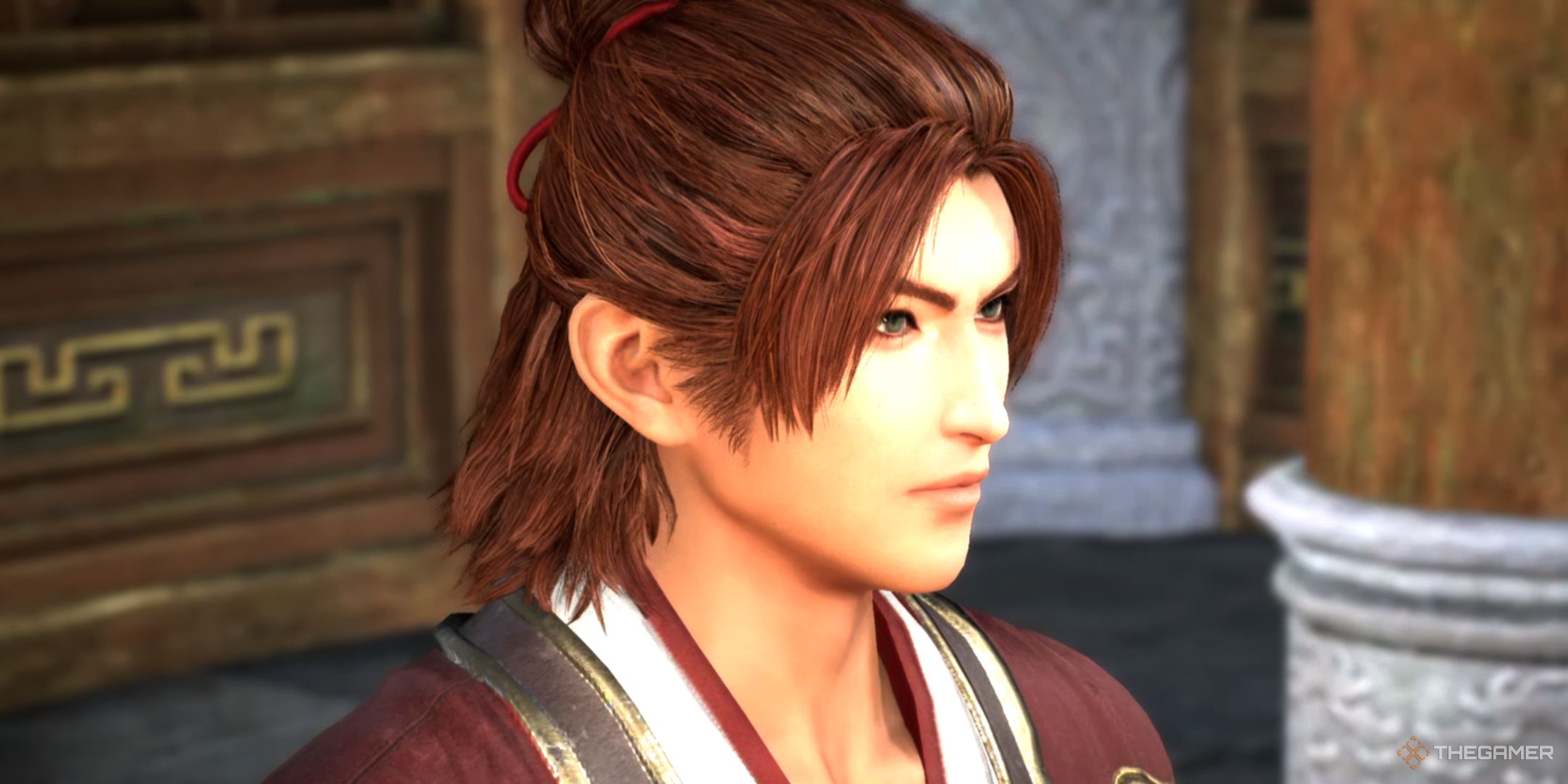
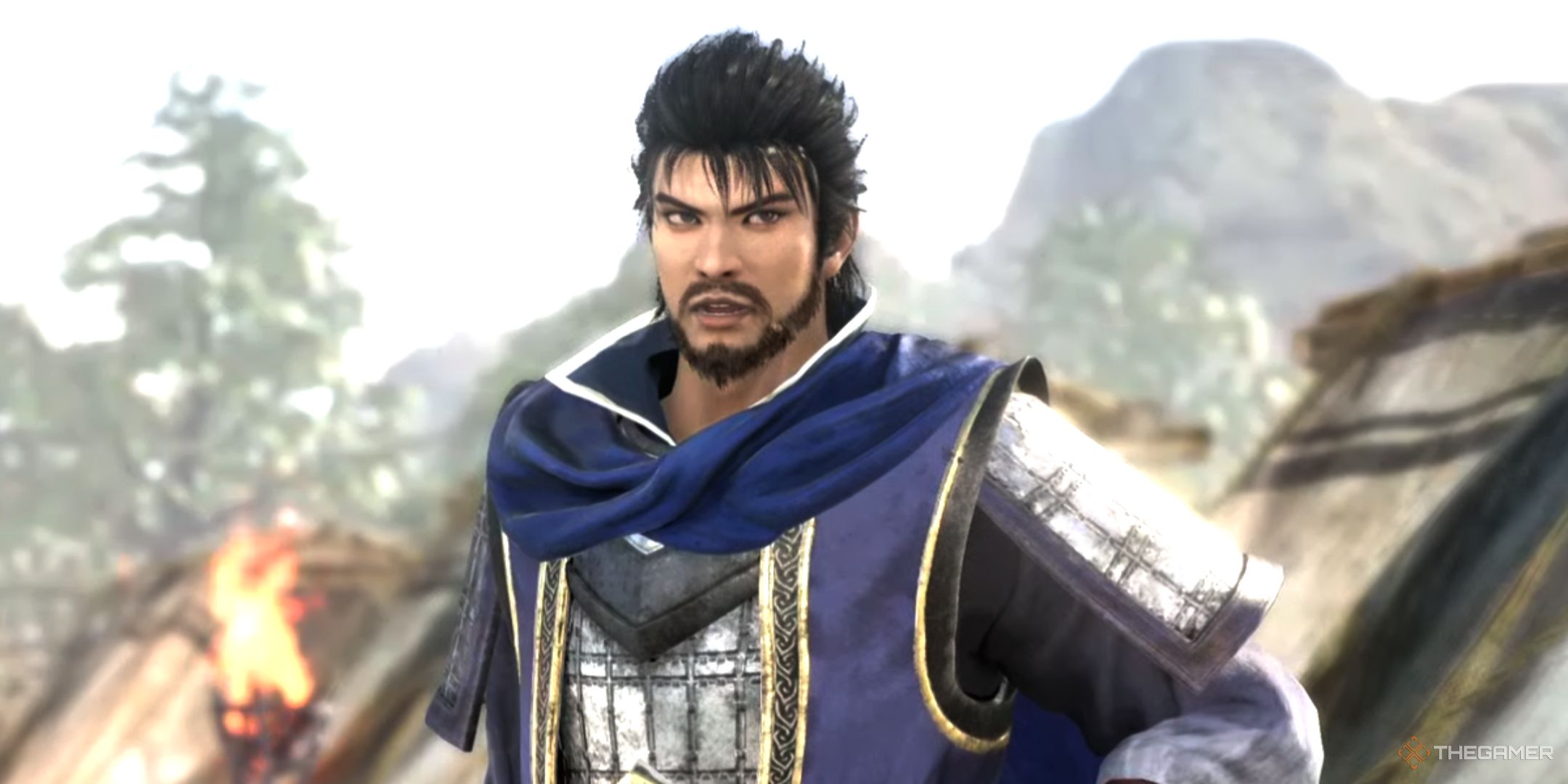
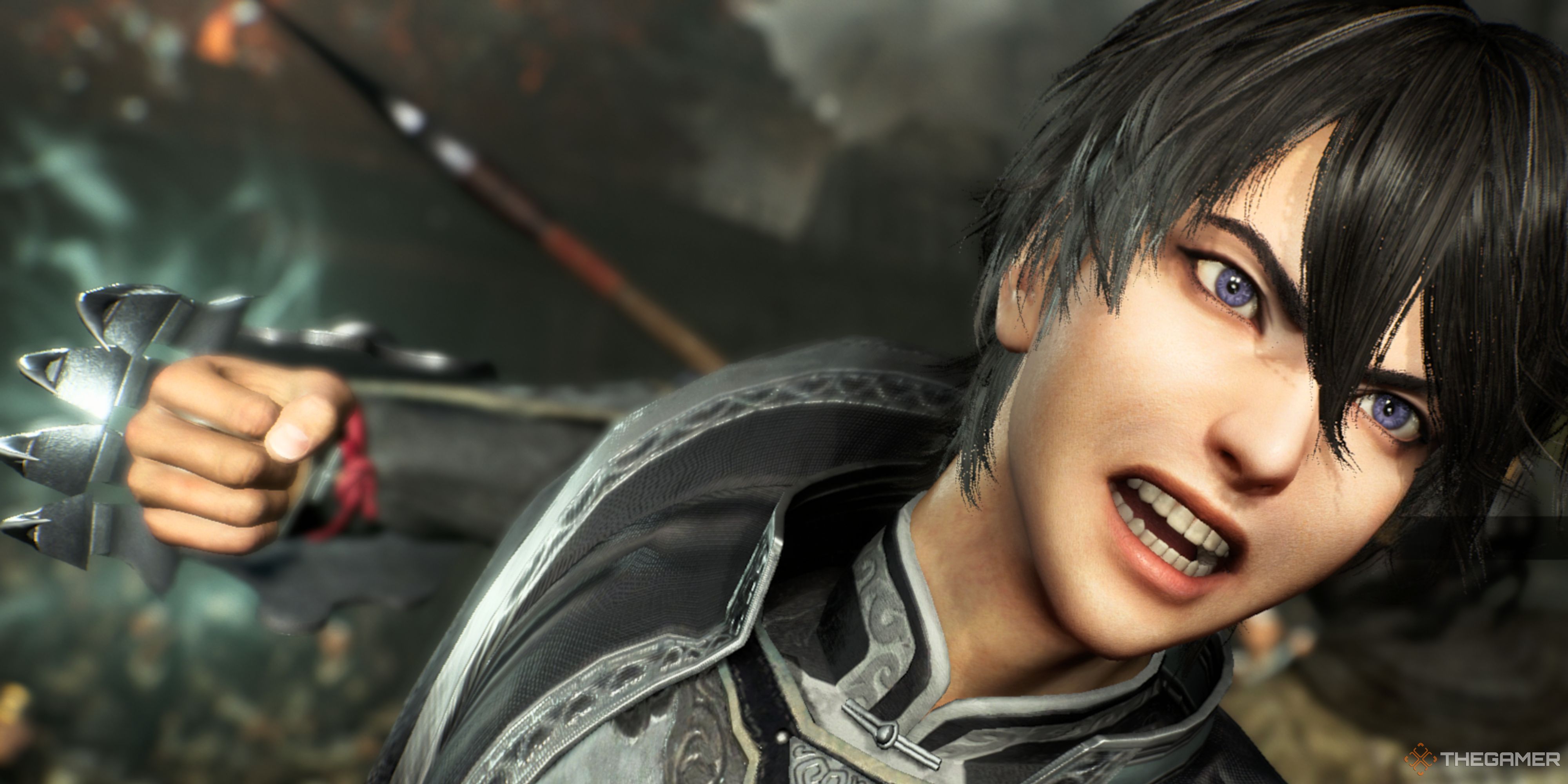





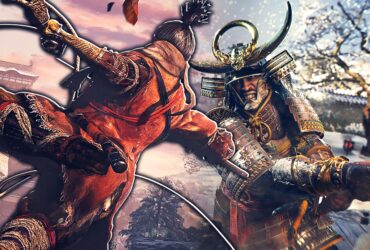


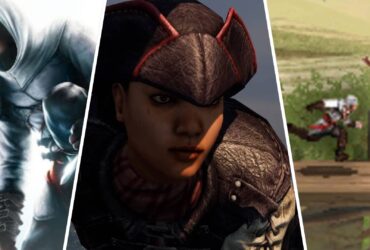

Leave a Reply